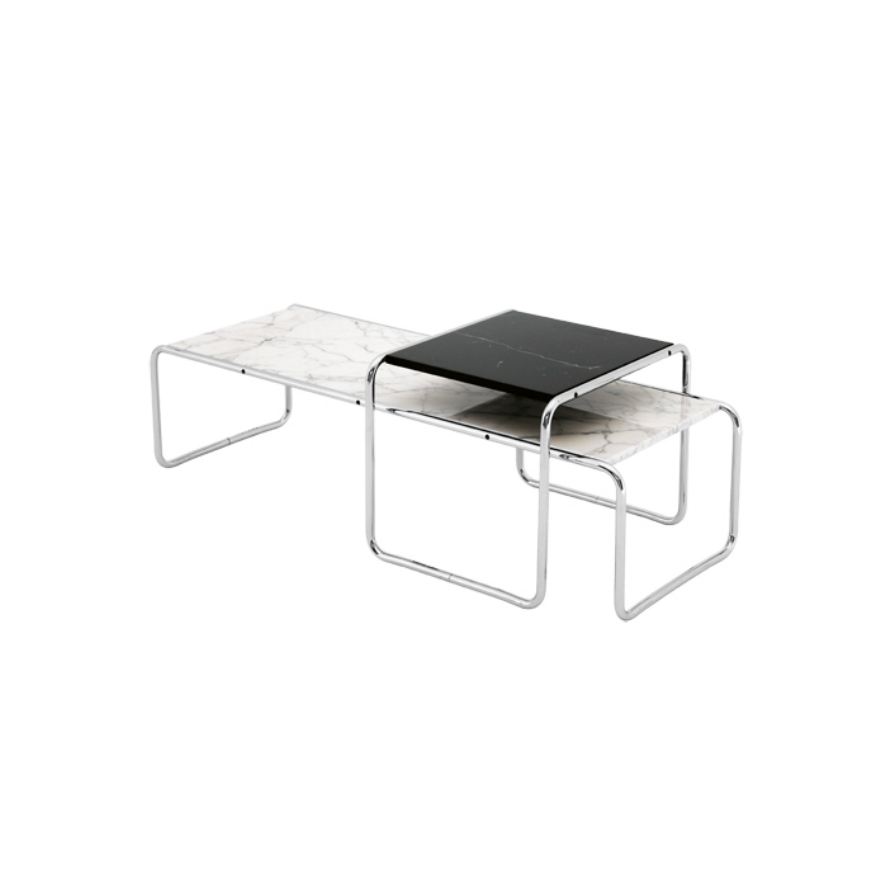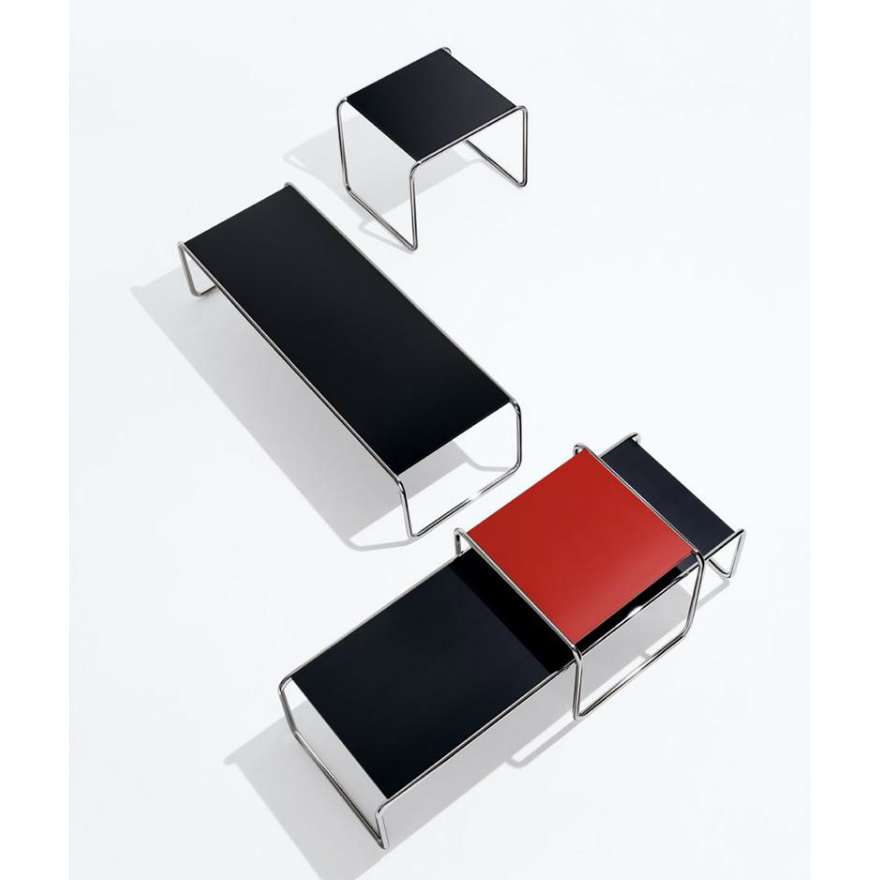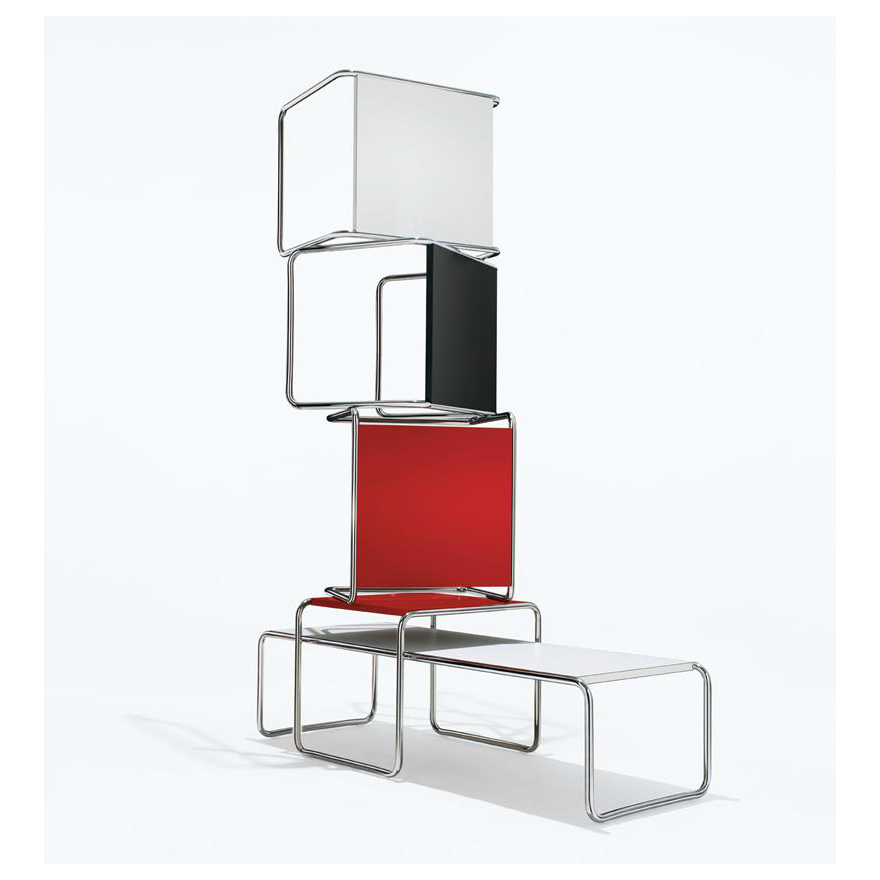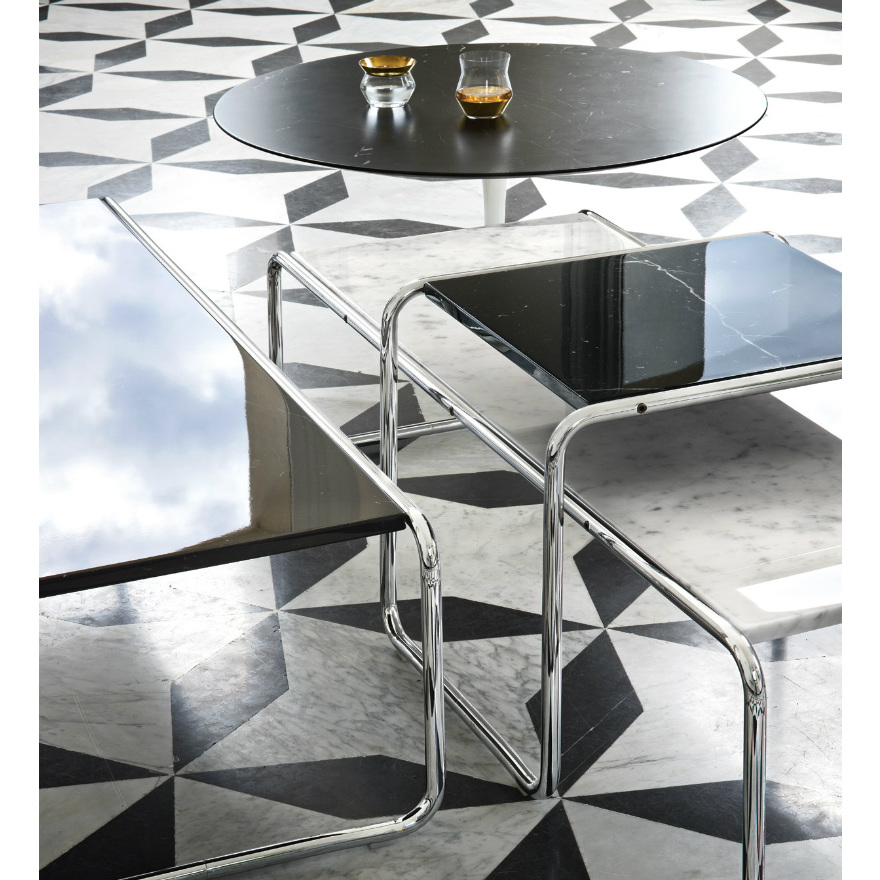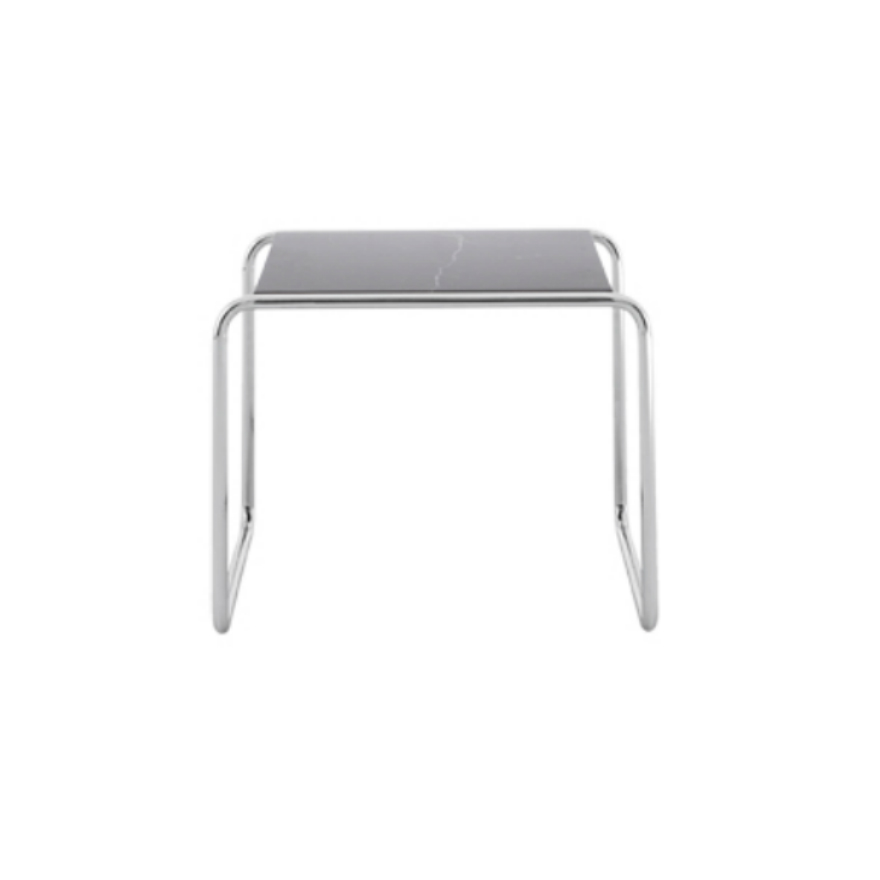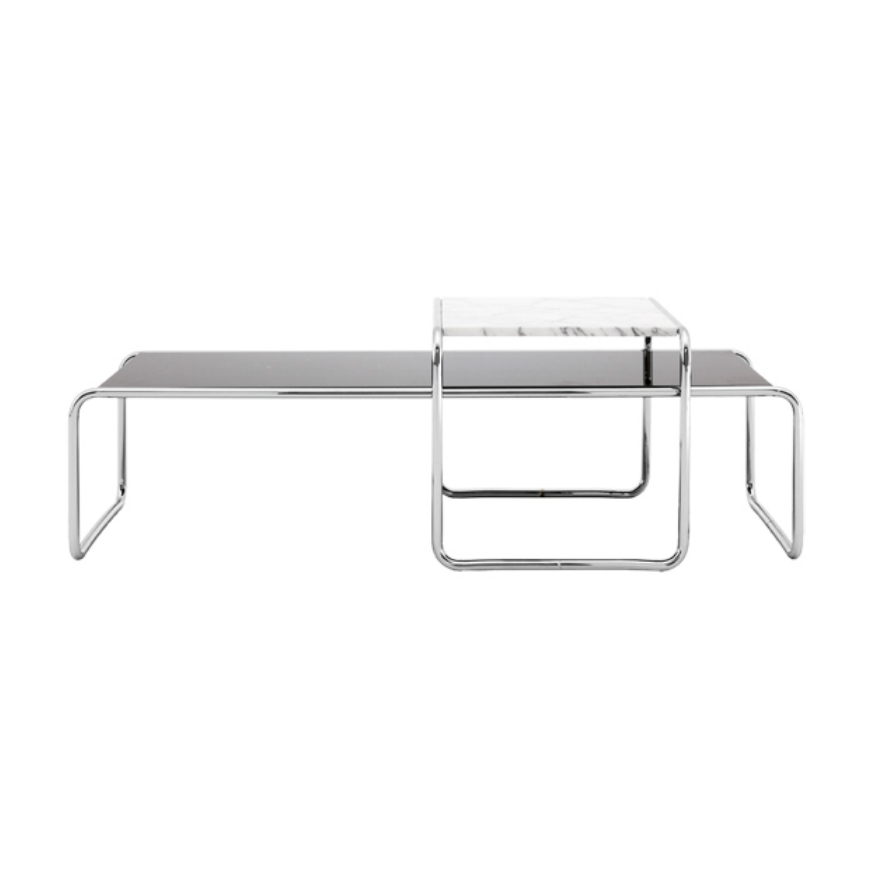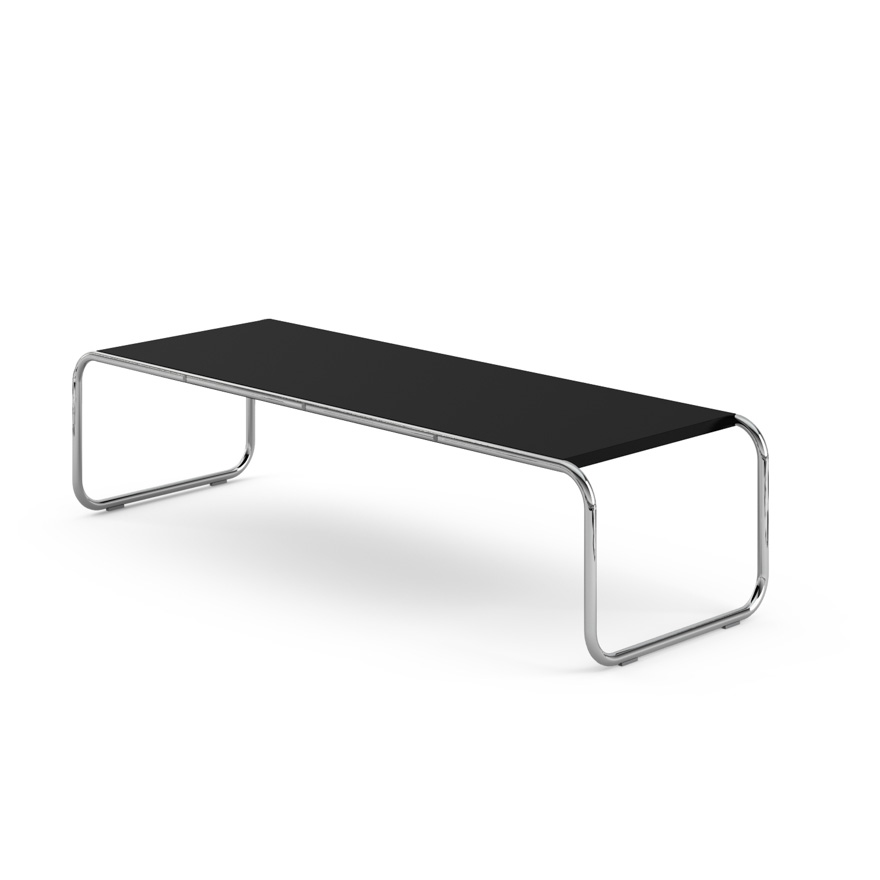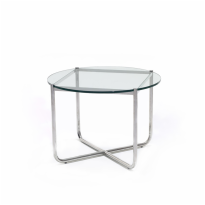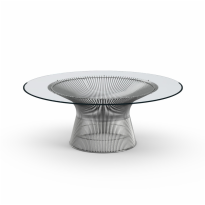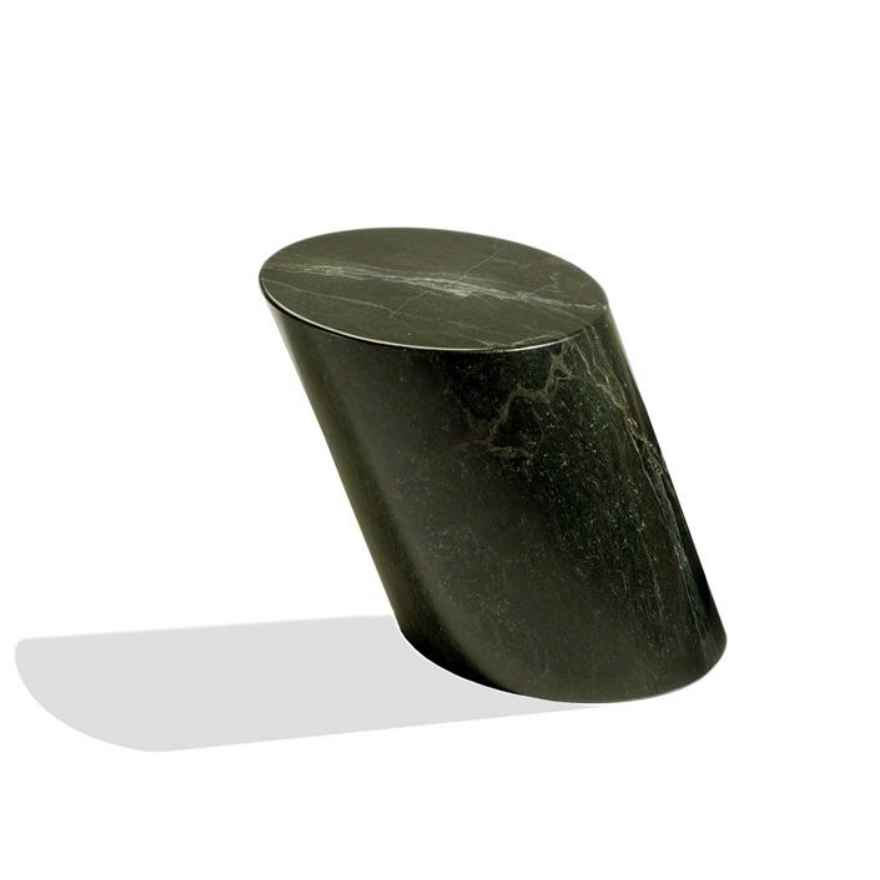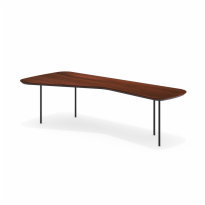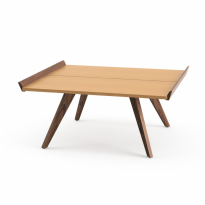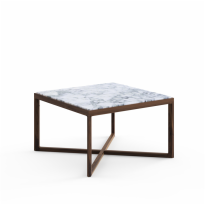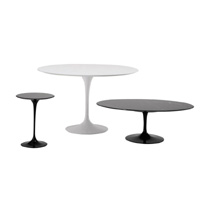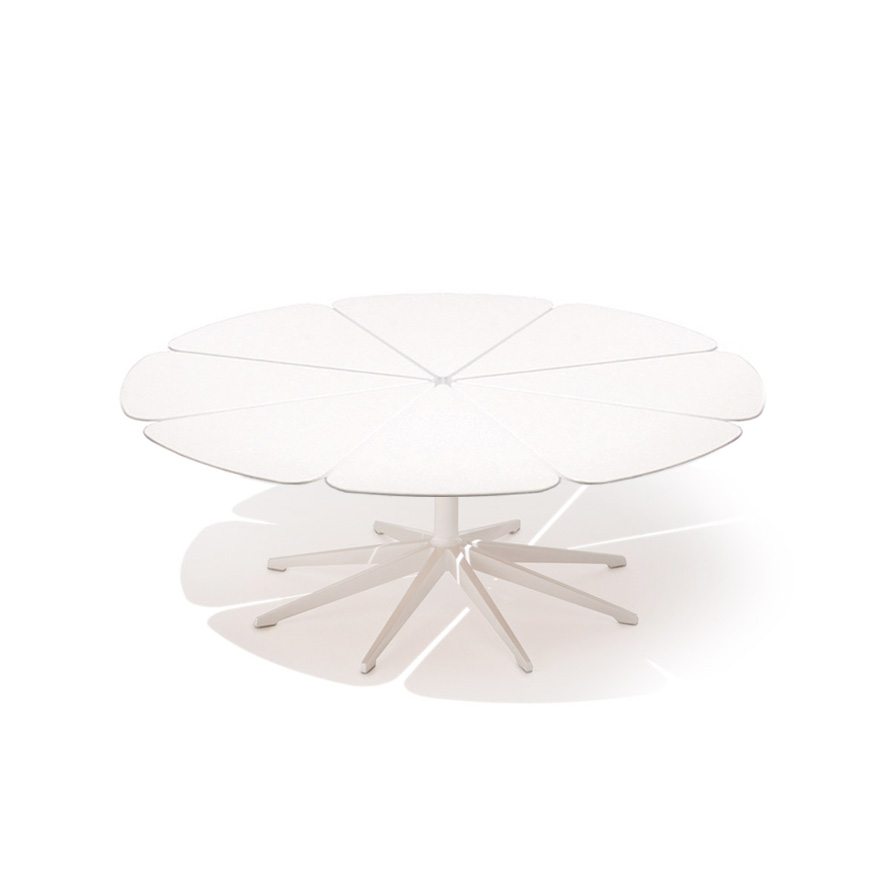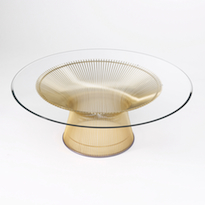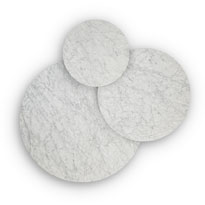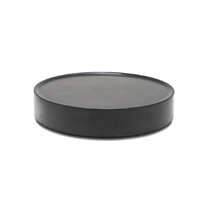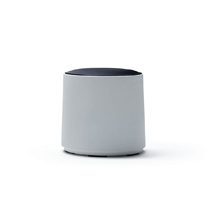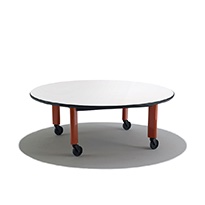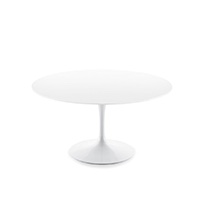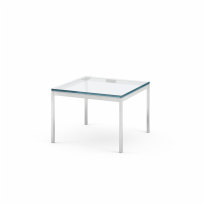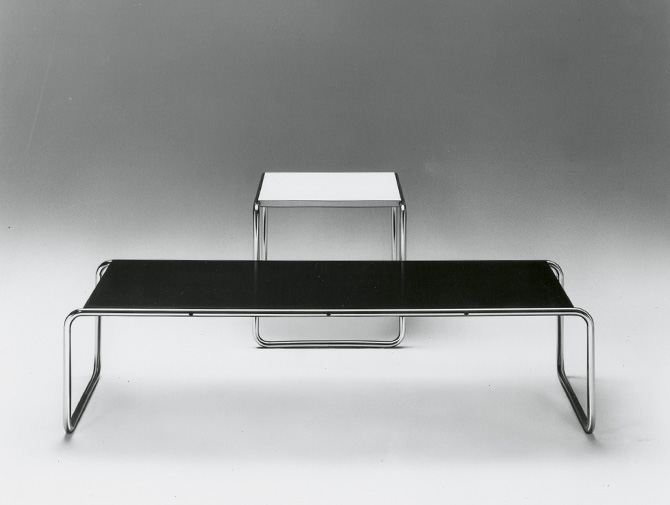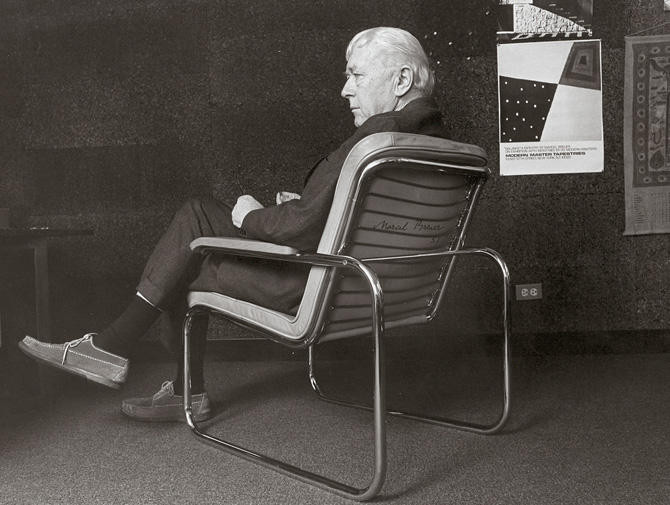Laccio Table
Designed by Marcel Breuer, 1924
Like his Wassily chair, Marcel Breuer's Laccio Tables are critical to the story of 20th-century design. Breuer's use of tubular steel to define lines in space beautifully exhibited in these simple nesting tables revolutionised furniture construction and inspired many subsequent generations of designers.
ShareTop
-
 X
X
Laminate, White
-
 X
X
Laminate, Black
-
 X
X
Laminate, Red
-
 X
X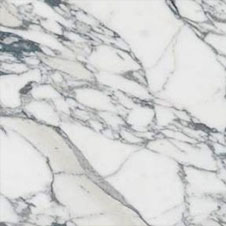
Arabescato marble, Gloss finish
Ivory white with dark grey veining. May contain random green vein. Hues, veins, crystals, fossils and distinctive marks will vary from piece to piece. Shiny coated marbles have transparent, high-polish, polyester coating to prevent use-associated stains. Even with this protection, coated marbles should not be used outdoors. Marble coating may yellow over time giving the marble a warmer tone.
-
 X
X
Statuarietto marble, Gloss finish
Shiny coated marbles have transparent, high-polish, polyester coating to prevent use-associated stains. Even with this protection, coated marbles should not be used outdoors. Marble coating may yellow over time giving the marble a warmer tone.
-
 X
X
Nero Marquina marble, Gloss finish
Rich black with random veins that can vary from white to gold. Hues, veins, crystals, fossils and distinctive marks will vary from piece to piece. Shiny coated marbles have transparent, high-polish, polyester coating to prevent use-associated stains. Even with this protection, coated marbles should not be used outdoors. Marble coating may yellow over time giving the marble a warmer tone.
-
 X
X
Verde Alpi marble, Gloss finish
Shiny coated marbles have transparent, high-polish, polyester coating to prevent use-associated stains. Even with this protection, coated marbles should not be used outdoors. Marble coating may yellow over time giving the marble a warmer tone.
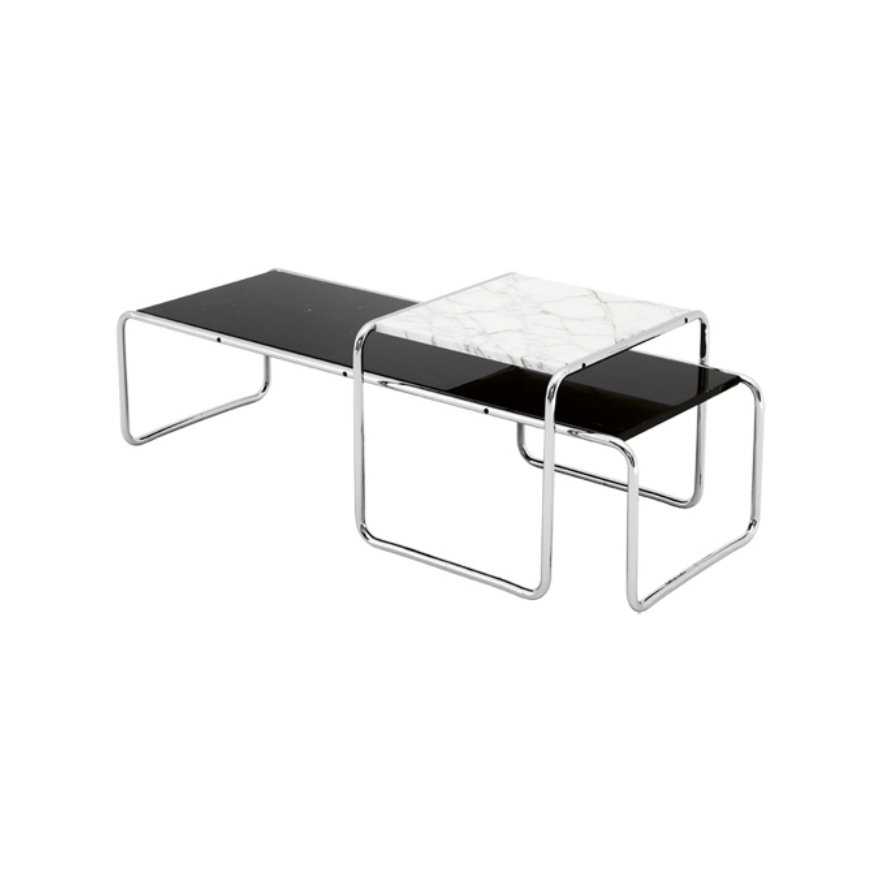
Top
-
 X
X
Laminate, White
null
-
 X
X
Laminate, Black
null
-
 X
X
Laminate, Red
null
-
 X
X
Arabescato marble, Gloss finish
Ivory white with dark grey veining. May contain random green vein. Hues, veins, crystals, fossils and distinctive marks will vary from piece to piece. Shiny coated marbles have transparent, high-polish, polyester coating to prevent use-associated stains. Even with this protection, coated marbles should not be used outdoors. Marble coating may yellow over time giving the marble a warmer tone.
-
 X
X
Statuarietto marble, Gloss finish
Shiny coated marbles have transparent, high-polish, polyester coating to prevent use-associated stains. Even with this protection, coated marbles should not be used outdoors. Marble coating may yellow over time giving the marble a warmer tone.
-
 X
X
Nero Marquina marble, Gloss finish
Rich black with random veins that can vary from white to gold. Hues, veins, crystals, fossils and distinctive marks will vary from piece to piece. Shiny coated marbles have transparent, high-polish, polyester coating to prevent use-associated stains. Even with this protection, coated marbles should not be used outdoors. Marble coating may yellow over time giving the marble a warmer tone.
-
 X
X
Verde Alpi marble, Gloss finish
Shiny coated marbles have transparent, high-polish, polyester coating to prevent use-associated stains. Even with this protection, coated marbles should not be used outdoors. Marble coating may yellow over time giving the marble a warmer tone.


